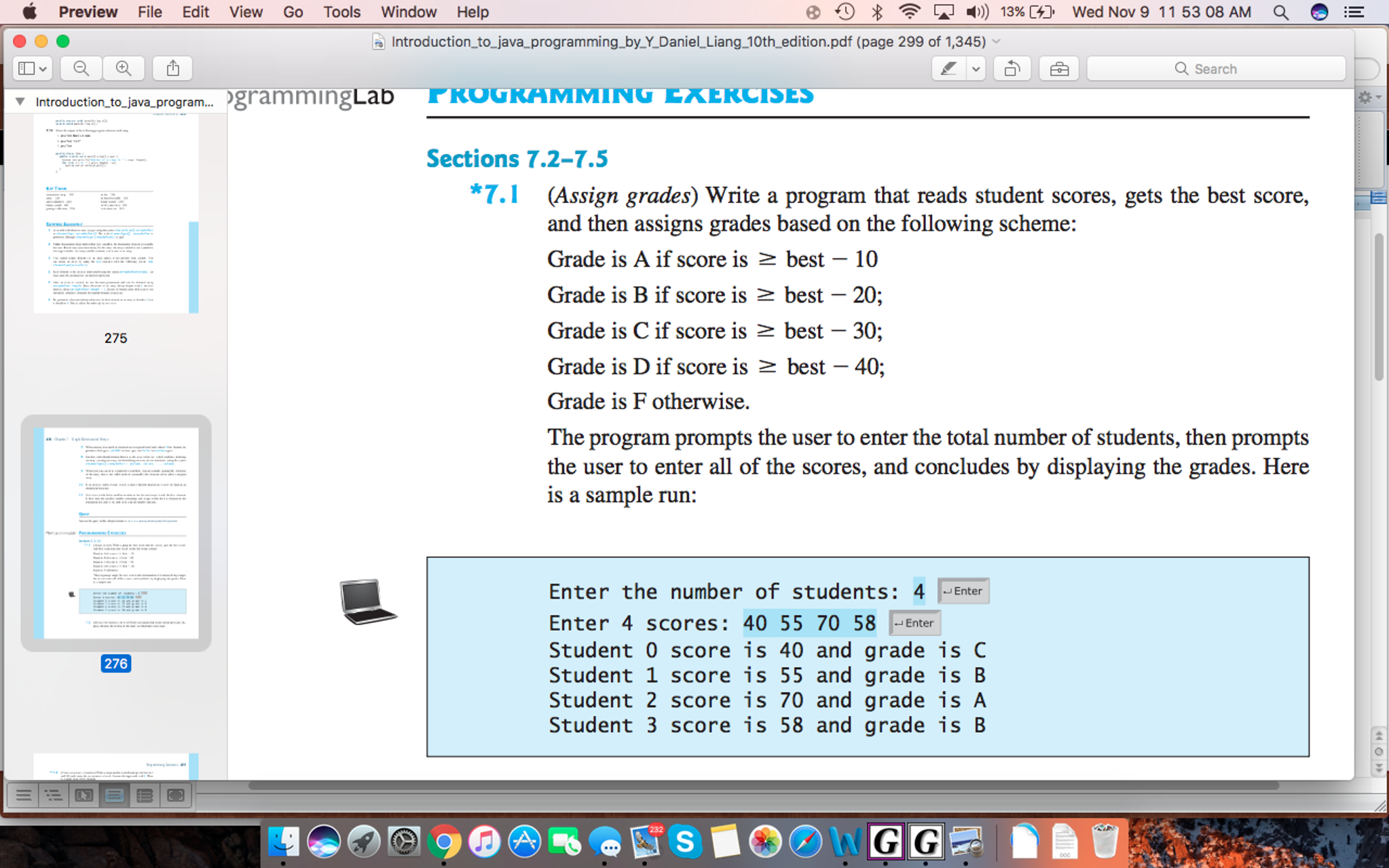

It has deep contribution in the modern world.
#Java program full
In the previous example, both the variables of the main program and the method parameters were named the same ( first and second) "by accident".Java, being a power full language, contributes in many technology fields. Since the values passed to a method are copied to its parameters, the names of the parameters and the names of the variables defined on the side of the caller have, in fact, nothing to do with each other. This value takes the place of the sum method call, whereby the sum is appended to the string "The combined sum of the numbers is: ". The method then adds the values of the parameters together, after which it returns a value. The computer first looks for the variables first and second and copies their values as the values of the method sum's parameters.

The print command's execution is done by the computer first evaluating the string "The combined sum of the numbers is: "+ sum(first, second). In the example above, the method's return value is not stored in a variable but is instead directly used as part of the print operation. They can be located above or below the main.
#Java program code
In the code boilerplate, methods are written outside of the curly braces of the main, yet inside out the "outermost" curly braces. From this point onward nearly every program on the course will therefore contain custom-created methods. It would, in fact, be quite exceptional if a program used no methods written by the programmer, because methods help in structuring the program. Programming languages offer pre-made methods, but programmers can also write their own ones. Custom MethodsĪ method means a named set consisting of statements that can be called from elsewhere in the program code by its name. Next we will learn to create our own methods. So far all the methods we have used have been ready-made Java methods. The internal implementation of the method - meaning the set of statements to be executed - is hidden, and the programmer does not need to concern themselves with it when using the method. For instance ("I am a parameter given to the method!") calls a methods that performs printing to the screen. It's a piece of a program that can be called from elsewhere in the code by the name given to the method. Technically speaking, a method is a named set of statements. The ones that "end in parentheses" are not actually commands, but methods. We notice that printing and reading operations somewhat differ from if, while, and for in that the print and read commands are followed by parentheses, which may include parameters passed to the command. if has been used in conditional statements, and while and for in loops. Printing to the screen has been done with the statement (), and the reading of values with Integer.valueOf(scanner.nextLine()). So far, we've used various commands: value assignment, calculations, conditional statements, and loops. You can create parameterized and non-parameterized methods, and you can create methods that return a value.
#Java program how to
You know how to create methods and how to call them from both the main program (the main method) as well as from inside other methods.


 0 kommentar(er)
0 kommentar(er)
